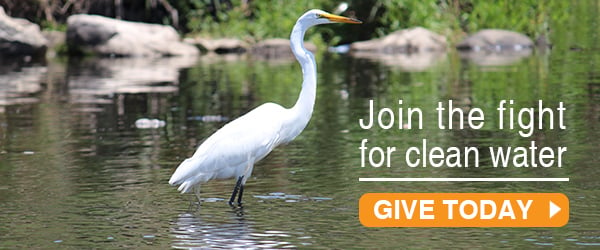Dam Safety & Dam Options Removal Seminar
- When:
- September 2, 2015: 9:00AM to 12:00PM
- Where:
- Student Union Building, SUNY New Paltz Campus, Pond Road, New Paltz, NY map
- To Attend:
- RSVP
A dam safety and removal workshop is being held at SUNY New Paltz on September 2, from 9-12. There are plenty of dams on the Wallkill and its tributaries which makes this workshop relevant to the Wallkill watershed . The event is public and free of charge. Please come and learn more about the NYS DEC Dam Safety Program, how dams affect streams and aquatic life, and the benefits and challenges of dam removal. Sept_2015_dam_seminar
Presenters: Alon Dominitz, Section Chief: Dam Safety, NYS DEC Division of Water and
Andrew Meyer, Conservation Specialist, NYS DEC Hudson River Estuary Program
The speakers will cover topics related to dams, including:
the NYS DEC Dam Safety program, how dams affect streams and aquatic life, and
dam removal benefits and challenges.
This seminar will contain information of interest to municipal leaders, dam owners, lake association members, residents and business downstream of dams, and community members concerned about waterways in the Hudson Valley. This seminar will include time for participants to express concerns and ask questions about specific issues related to dams, and provides an opportunity for people with issues related to dams to speak with professionals in the field. Dam owners and partners interested in dam removal will hear about available resources.
Members of municipal boards who attend the seminar will be eligible for a certificate towards the required New York State municipal training. Certificates will be available at the end of the seminar, which can be presented to municipalities for their approval.
This seminar is free and open to the public (there is a $2 fee for parking). Parking is located in Campus Lot 28, off of State Highway 32. For more information, click here to view the SUNY New Paltz Campus Map.
Please register in advance!
For more information on the Hudson Estuary Watershed Resiliency Project, visit: www.hudsonestuaryresilience.net
This seminar is offered as part of CCE’s Hudson Estuary Watershed Resiliency Project (HEWRP) in partnership with the New York State Water Resources Institute at Cornell University and the New York State Department of Environmental Conservation Hudson River Estuary Program, with support from the New York State Environmental Protection Fund.

